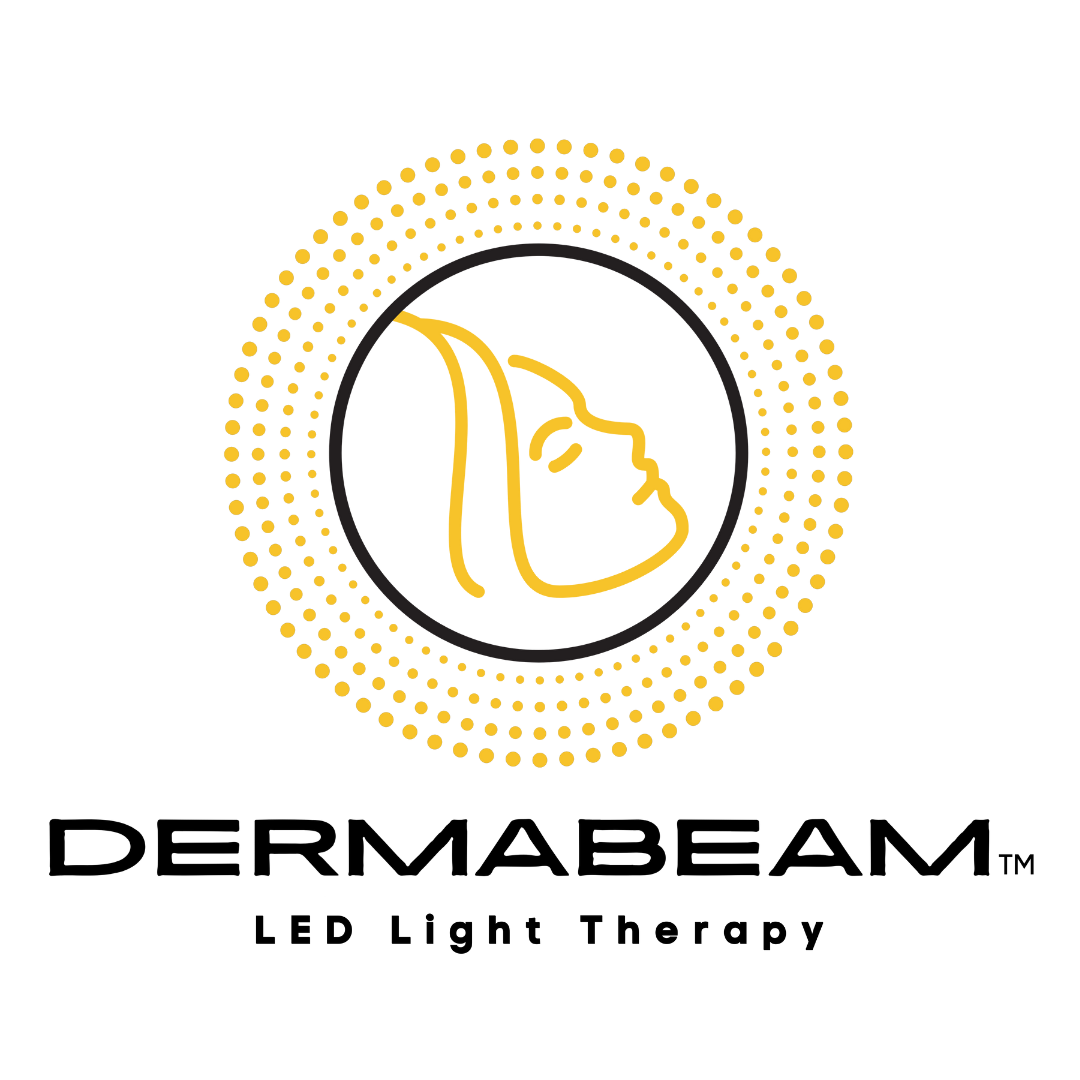If you’re one of the millions of people who suffer from sleep disorders, you know just how frustrating it can be. Not only does lack of sleep make you feel exhausted during the day, but it can also have serious long-term health consequences. But what if there was a way to treat your sleep disorder without medication?
People with sleep disorders often turn to light therapy as a solution. Light therapy can be an effective treatment for sleep disorders like insomnia and narcolepsy. Light therapy involves exposing yourself to bright light for a certain period of time each day. This helps reset your body’s natural circadian rhythm, which controls your sleep-wake cycle.
What exactly is meant by sleep disorder?
A sleep disorder is a condition that makes it difficult to fall asleep, stay asleep, or experience quality sleep. According to the Center for Disease Control and Prevention (CDC), an estimated 50-70 million adults in the United States have some form of sleep disorder.
Insomnia is the most common sleep disorder, affecting an estimated 30-40% of adults in the United States. Insomnia can be short-term (acute) or long-term (chronic). People with acute insomnia may have difficulty sleeping for a few days or weeks due to stress or other factors. Chronic insomnia, on the other hand, is when a person has difficulty sleeping for months or even years.
Types Of Sleep Disorders
There are many different types of sleep disorders, each with its own set of symptoms. Some of the more common disorders include:
Insomnia
This is the most common type of sleep disorder, and is characterized by difficulty falling asleep or staying asleep. Insomnia can be caused by stress, anxiety, medications, or other medical conditions.
Sleep apnea
This disorder is characterized by interrupted breathing during sleep. Sleep apnea can be caused by obesity, smoking, drinking alcohol, or certain medical conditions.
Restless legs syndrome
This disorder is characterized by an irresistible urge to move the legs, often accompanied by a tingling or crawling sensation. Restless legs syndrome can be caused by iron deficiency, pregnancy, or certain medical conditions.
Narcolepsy
This disorder is characterized by excessive daytime sleepiness and sudden, uncontrollable episodes of falling asleep during the day. Narcolepsy can be caused by certain medical conditions or medications.
Treatment Options For Sleep Disorders
There are a variety of treatments available for sleep disorders. The most appropriate treatment depends on the type of sleep disorder and the underlying cause. Common treatments for sleep disorders include:
Behavioral changes
Making changes to your daily routine and habits can help improve some types of sleep disorders, such as insomnia. Examples of behavioral changes include avoiding caffeine before bed, establishing a regular sleep schedule, and creating a calm and relaxing sleep environment.
Medications
There are various types of medications that can be used to treat sleep disorders. For example, insomnia can be treated with medications such as benzodiazepines or non-benzodiazepines (also called “Z-drugs”). These medications can help you fall asleep and stay asleep. However, they should only be used on a short-term basis, as they can be addictive and have other side effects.
CBT
Cognitive behavioral therapy (CBT) is a type of therapy that has been shown to be effective in treating sleep disorders. CBT can help you identify and change negative thoughts and behaviors that may be contributing to your sleep disorder.
Medical devices
In some cases, a doctor may recommend the use of a medical device to treat a sleep disorder. For example, continuous positive airway pressure (CPAP) machines are often used to treat sleep apnea.
Surgery
In rare cases, surgery may be needed to treat a sleep disorder. For example, surgery may be an option for treating severe sleep apnea.
Light Therapy
Light therapy is a treatment option for many types of sleep disorders. Light therapy involves exposure to bright light, either from natural sunlight or from artificial light sources, such as light boxes. Light therapy can help improve your sleep by resetting your body’s internal clock and improving your mood.
What Is Light Therapy?
Light therapy, also known as phototherapy, is a type of treatment that uses natural or artificial light to help improve mood and relieve symptoms of certain conditions.
Light therapy can be used to treat conditions such as seasonal affective disorder (SAD), depression, anxiety, bipolar disorder, sleep disorders, and other mental health conditions. It can also be used to help improve symptoms of skin conditions such as acne and psoriasis. Most importantly, it helps people with sleep disorders.
Light therapy usually involves sitting or standing in front of a light box or using a light mask for a set amount of time each day. The light box or mask emits bright light that is similar to natural outdoor light. This type of therapy is usually done for 20 minutes to 1 hour per day.
Most people who try light therapy report feeling better within a few weeks. It is considered completely safe and there are no side effects.
Light Therapy For Sleep
There are many different ways to use light therapy for sleep. The most common form of light therapy is using a light box, which emits bright light that can help regulate the body’s natural sleep cycle. Light therapy can also be done with less intense forms of light, such as from a desk lamp or even your smartphone, but it is recommended to do it with a light therapy device.
Light therapy is thought to work by resetting the body’s internal clock. The light exposure helps to regulate the production of melatonin, which is a hormone that makes you feel sleepy. Light therapy can be done in the morning or evening, depending on when you need it most. Light therapy can be done with the help of a doctor, or you can also get a Light Therapy device at home to try it out yourself.
If you’re interested in trying light therapy for yourself, there are a few things to keep in mind. First, it’s important to find a light box that emits light at 10,000 lux, which is the intensity that’s been found to be most effective. Second, you’ll need to use the light box for about 30 minutes each day. And finally, it’s best to start light therapy gradually, so you don’t overwhelm your system.
According to a study, it has been concluded that light therapy has been extremely beneficial for elderly people in treating depression and insomnia. So, it is highly recommended by experts for them to try out.

3 Scientific Studies to check out:
A 2019 study evaluated cognitive performance in 30 subjects following red light therapy exposure either during 90-minute sleep periods or upon waking. Participants not only saw a reduction in sleepiness subjectively, but they performed better on a variety of tasks as well.

A 2018 study on the effectiveness of red light therapy versus botulinum toxin A on migraines showed a reduction in sleep disturbance in participants receiving the red light therapy treatment.

In a 2012 study on whether red light irradiation can aid sleep quality, melatonin levels, and endurance performance in female basketball players, results showed significantly improved self-reported sleep quality and elevated serum melatonin levels.

Best Light Therapy Device For Sleep
The best thing about treating sleep disorders with light therapy is that you can now do it at your home. All you have to do is get a light therapy device for yourself and follow the instructions.
If you are looking for a light therapy device that can help you sleep better, you can try light therapy devices from Dermabeam. Dermabeam has a wide range of light therapy devices that can be used to treat various conditions, including sleep disorders.
Dermabeam’s light therapy devices use a special type of light to help improve the quality of sleep. Dermabeam’s light therapy devices are safe to use and have no side effects. They are also easy to use, and you can use them at home without any special training.
If you are looking for a light therapy device that can help you sleep better, you should consider Dermabeam’s LED Light Therapy Devices today.





